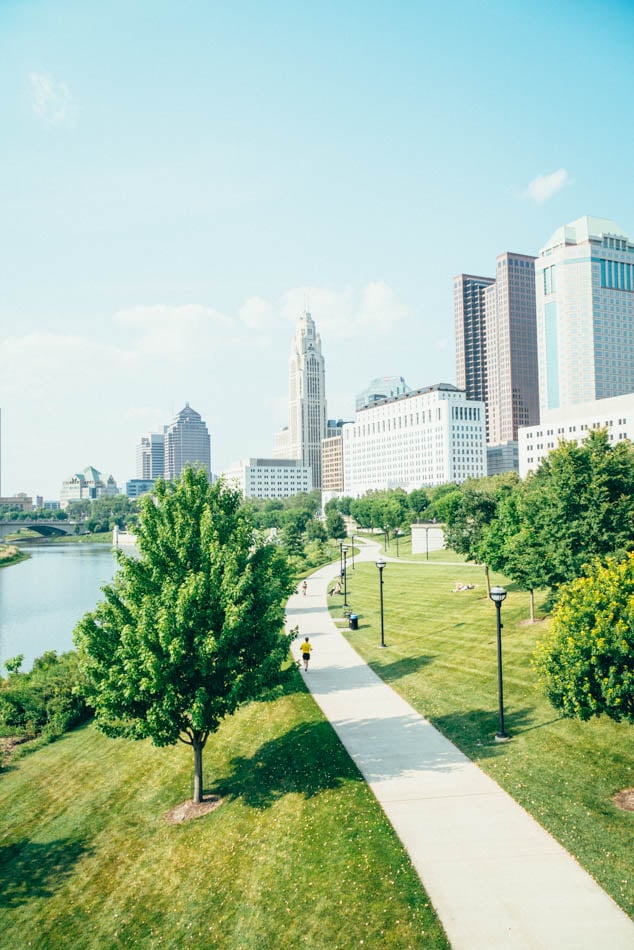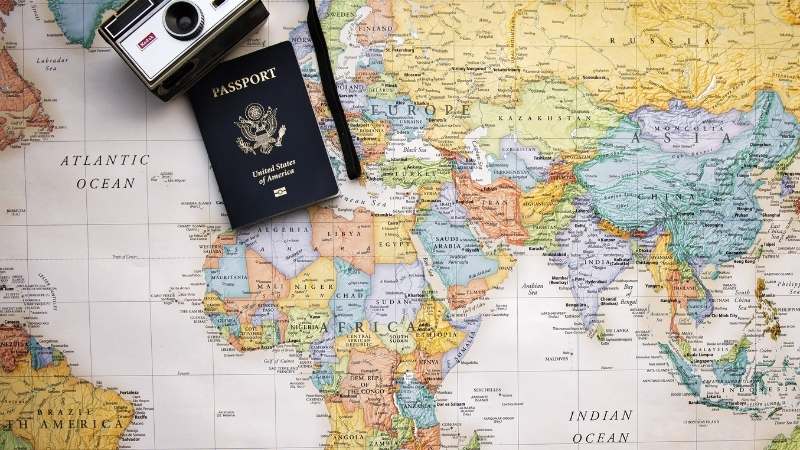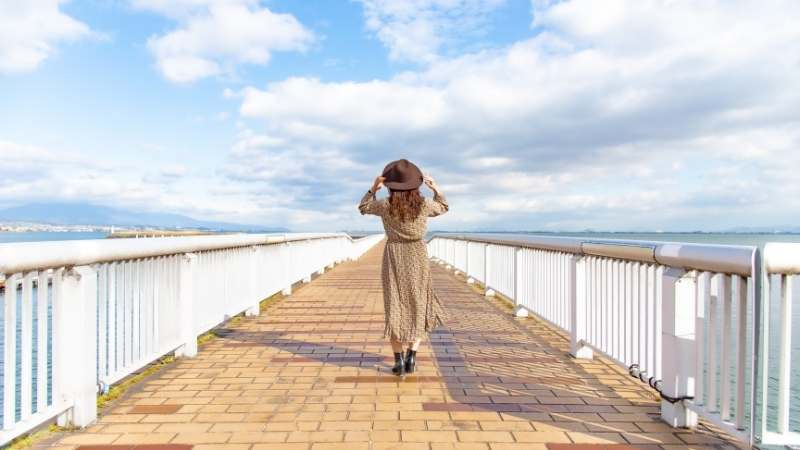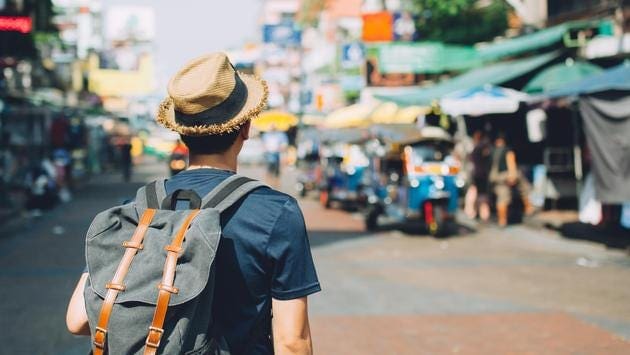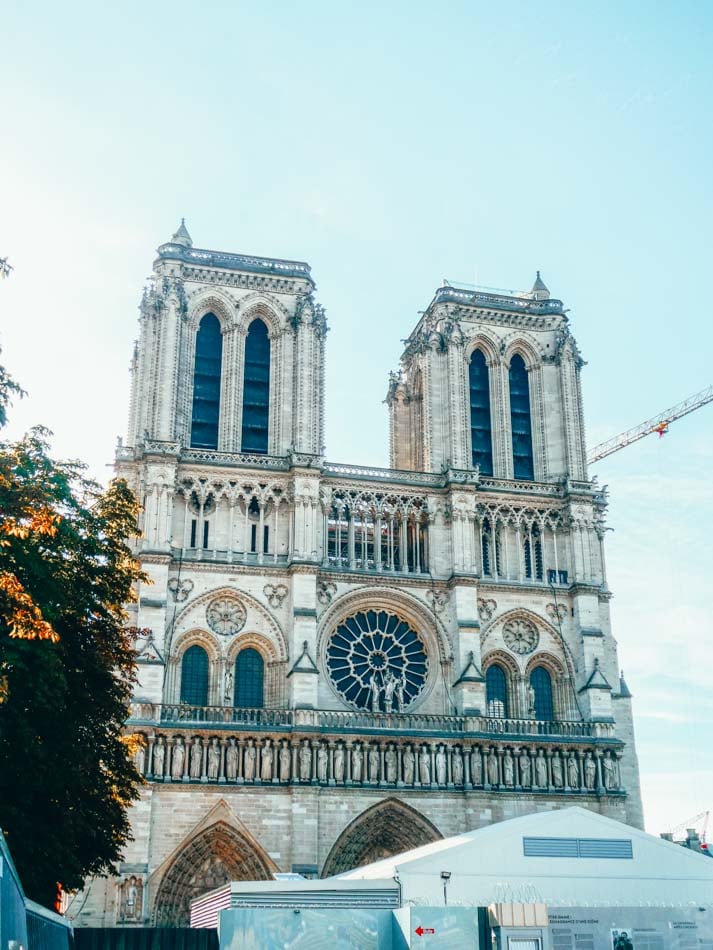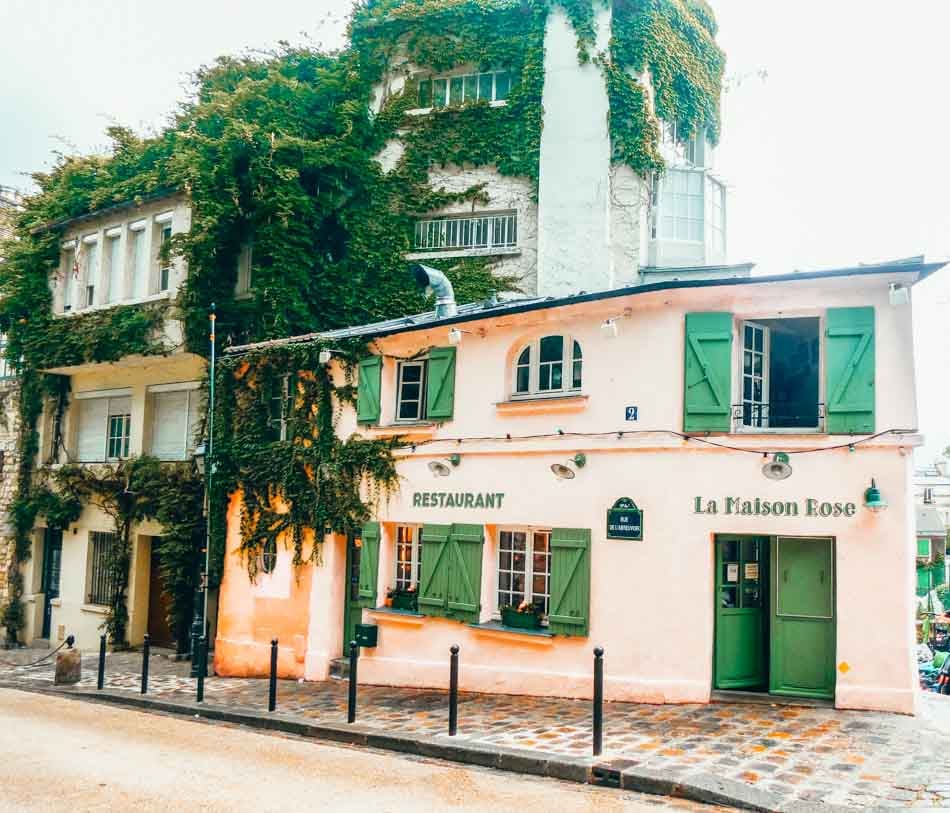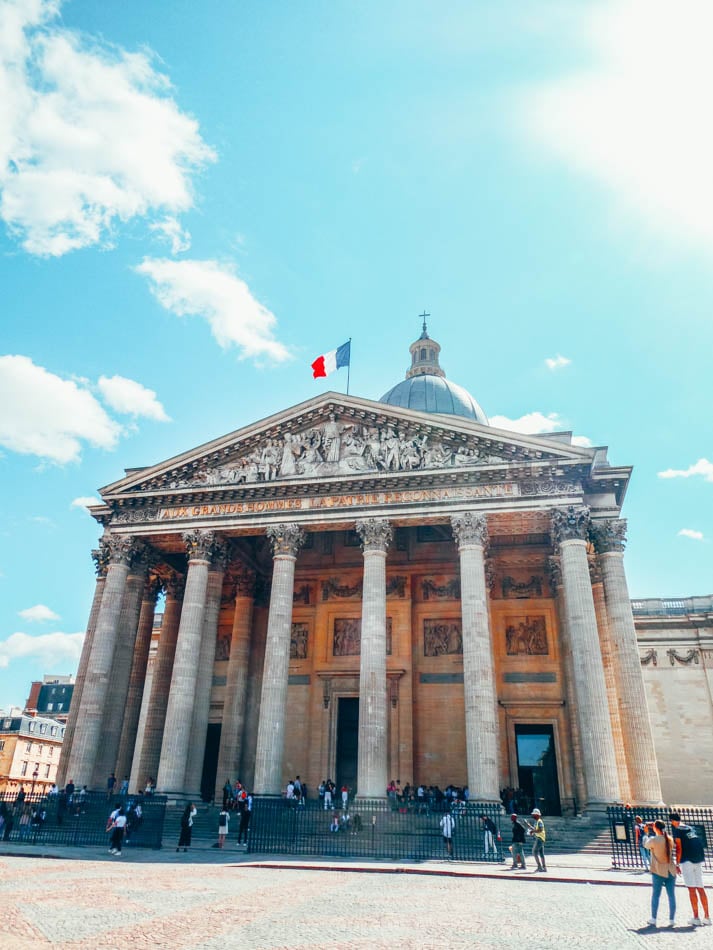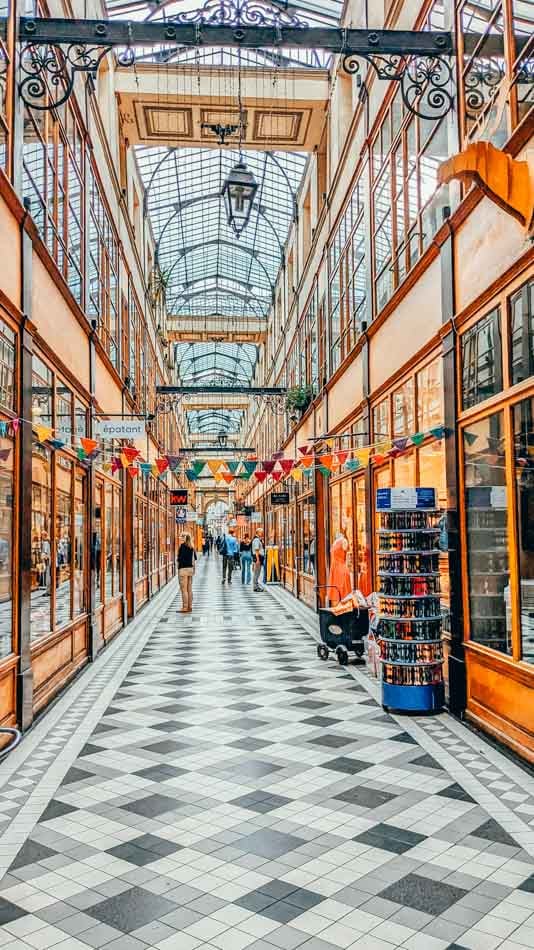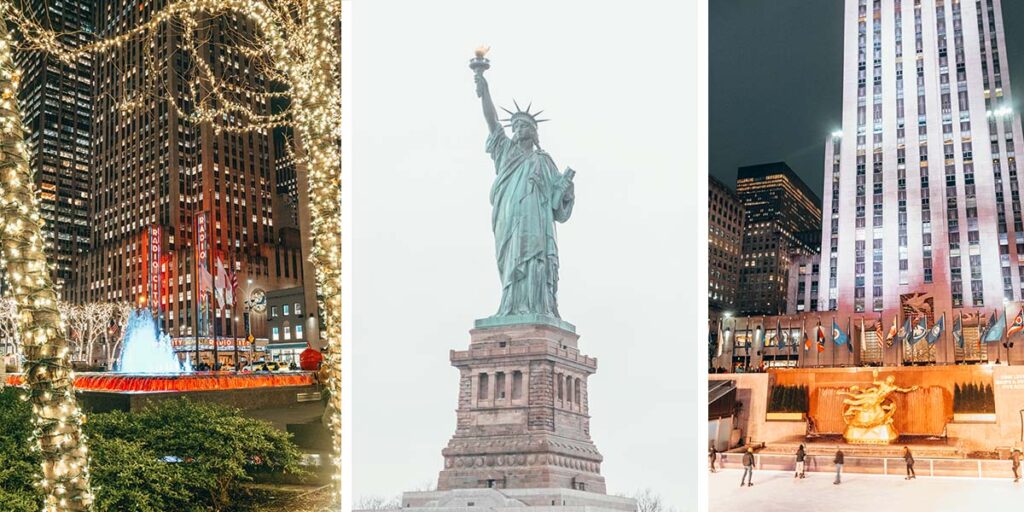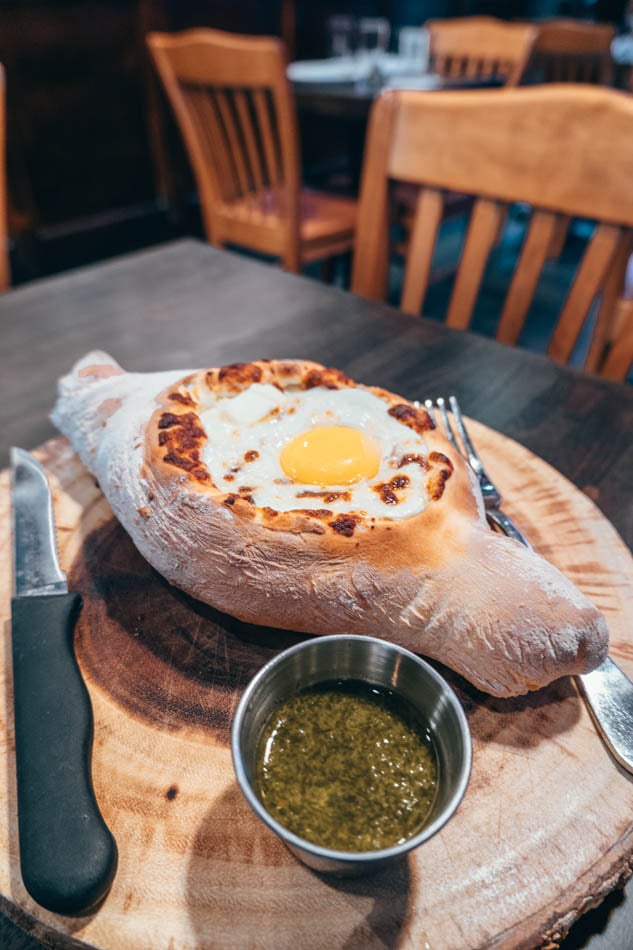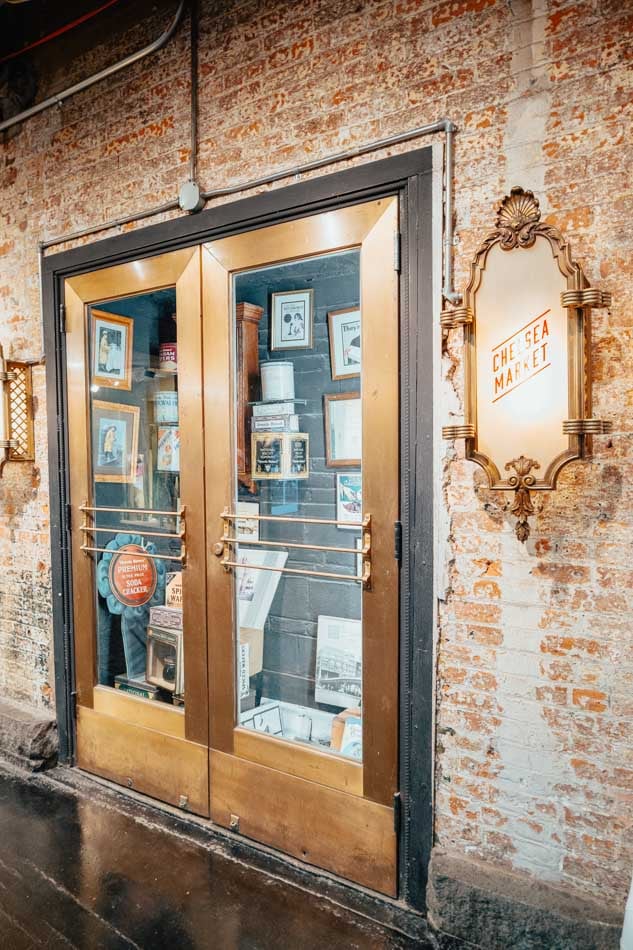Traveling with Kids: Tips and Hacks for a Fun Family Adventure
Traveling with kids can be a thrilling experience, but it also comes with its fair share of challenges. From keeping them entertained to dealing with meltdowns, traveling with little ones requires plenty of preparation and organization. However, with the right tips and strategies, you can turn your family adventure into a fun and memorable experience for everyone involved.
Here are some tips and hacks to help you navigate the world of family travel and ensure a smooth and enjoyable trip with your kids:
1. Plan ahead: When traveling with kids, it’s crucial to plan ahead and have a clear itinerary in place. Research child-friendly activities and attractions at your destination, and make sure to book accommodations that are suitable for families. Planning ahead will help you avoid any last-minute stress and ensure that you have everything you need for a smooth trip.
2. Pack Wisely: When packing for a family trip, it’s essential to pack wisely and bring all the essentials your kids will need. This includes plenty of snacks, entertainment such as coloring books, toys, and electronic devices, and any necessary medications or comfort items. Additionally, don’t forget to pack extra changes of clothes and diapers, as well as any specialized items for younger children, such as strollers or car seats.
3. Keep them entertained: Long journeys can be particularly challenging for kids, so it’s important to keep them entertained during the trip. Bring along a variety of entertainment options, such as books, games, movies, and music, to keep them occupied and prevent boredom. If you’re traveling by plane, consider bringing a portable DVD player or a tablet loaded with their favorite shows and movies.
4. Embrace the schedule: While it’s important to have a flexible approach to family travel, maintaining a routine during your trip can help keep your kids happy and content. Stick to their regular meal and nap times as much as possible, and try to plan your activities around their usual schedule. This will help minimize any disruptions and reduce the likelihood of meltdowns.
5. Be prepared for emergencies: When traveling with kids, it’s essential to be prepared for any potential emergencies. Make sure to have a first aid kit on hand, as well as any necessary medications or medical supplies. It’s also a good idea to have a plan in place in case your child gets lost, such as having them carry a card with your contact information or taking a recent photo of them before departing.
6. Take breaks: Traveling can be tiring for kids, so it’s important to take regular breaks and allow them time to rest and recharge. If you’re on a road trip, plan to stop at regular intervals to stretch their legs and burn off some energy. Likewise, if you’re flying, encourage them to move around the cabin periodically to prevent stiffness and discomfort.
7. Involve them in the planning: Finally, involving your kids in the planning process can help get them excited about the trip and give them a sense of ownership. Let them help choose activities and attractions to visit, and allow them to have a say in the itinerary. This will make them feel more engaged and enthusiastic about the trip, and ultimately lead to a more enjoyable experience for everyone.
Traveling with kids can be a challenging endeavor, but with the right tips and strategies, it can also be an incredibly rewarding and fun experience for the whole family. By planning ahead, packing wisely, keeping them entertained, and being prepared for any situation, you can ensure a smooth and enjoyable trip that your kids will remember for years to come.


















